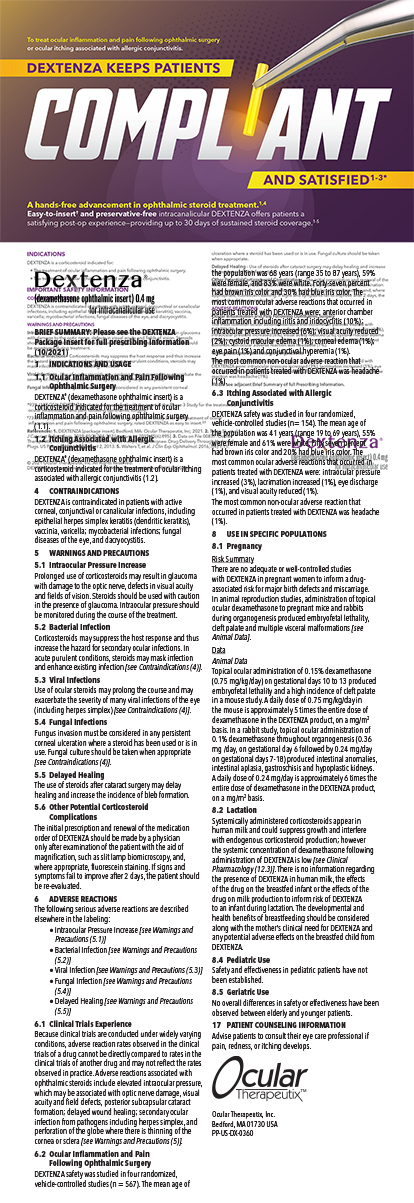“Success is not built on success. It's built on failure. It's
built on frustration. Sometimes it's built on catastrophe.”
—Sumner Redstone
We all know the type: the surgeon who simply seems to have no complications. She is just that good. Certainly, she is better than I am. It is hard to learn very much from watching perfection; it all looks so easy. She has not broken a capsule in 3 years. Her capsulotomies are always robotically round and perfectly centered, without a femtosecond laser! She reports uncorrected acuities after LASIK that no one else can seem to replicate. What possible explanation can there be for this? Sometimes, the answer is simply that you have encountered a truly gifted individual who can do what others cannot.
Sometimes, the explanation is rooted in skill, hard work, state-ofthe- art technology, and old-fashioned compulsiveness. For example, with exquisite attention to every detail, surgeons like Warren Hill have shown us the levels to which we can aspire with our IOL calculations. It was only when I embarked on a campaign to match his results that I learned just how much work is really involved. It is achievable; it is just really hard! His excellent data speak for themselves. Too often, there is a lot of speaking and not so much data.
Perhaps my favorite is the surgeon who has a “zero percent enhancement rate for premium IOLs.” Believe it or not, claims like this are actually made, although they strain credulity. I suppose any surgeon can technically make his or her enhancement rate zero, simply by decree. “I shall perform no enhancements this year! So it shall be written! So it shall be done!” Problem solved. Obviously, that is not a realistic paradigm for building a premium IOL practice.
Sometimes, surgeons are reluctant to discuss their complications. A wise ophthalmologist once told me that he believed he had discovered every possible way to have a problem during cataract surgery. It took years, but he was convinced he had found them all. At times, I feel as though I am on a similar quest. As I write this editorial, I am reviewing this week's planned cataract cases. They include any number of potentially “interesting” surgical adventures from traumatic cases with significant zonular loss to nanophthalmic eyes with prior angle closure. It is unrealistic to expect that complications will not occasionally result in cases like these or in routine cases for that matter. Sometimes, it is the mundane cases that sneak up on us. As the old saying goes, “Show me a surgeon with no complications, and I'll show you a surgeon who doesn't operate.” The key is obviously how we handle these complications.
The best teaching cases are often those where things did not go as planned. These cases contain lessons about steps that might have been taken to avoid the predicament as well as valuable information about what to do next. The contributors to this issue are all highly regarded surgeons whose accomplishments are well known. In some of their articles, they will show how they expertly handled a tough situation that was issued to them by fate, but they will also demonstrate how their own actions sometimes led to difficult situations. I am honored to serve as cochief medical editor of Cataract & Refractive Surgery Today. Stephen Slade, MD, leaves large boots to fill, and his contributions to this publication have been invaluable. I also know that I will never measure up to my cochief Eric Donnenfeld, MD, especially height-wise.


